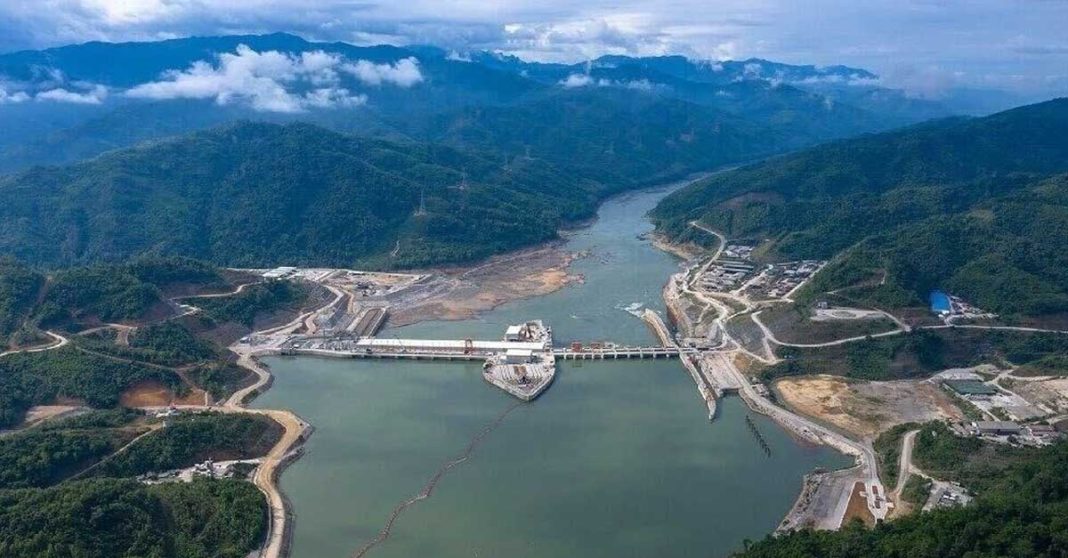According to the Electricity Generating Authority of Thailand (EGAT), electricity supply from Laos to Thailand is expected to be insufficient this year due to drought conditions lowering water levels in the Mekong River.
The governor of the EGAT, Boonyanit Wongrukmit, said that if the drought in Laos becomes severe, hydropower plants in Laos will generate less electricity, reducing its export capacity.
Thailand increased its electricity purchase from Laos from 9,000 to 10,500 MW after a new agreement was signed in 2022, allowing the country to grow its energy supply from renewable sources.
Drought-like conditions have affected Laos’ internal energy consumption as well, which was highlighted by Chanthaboun Soukaloun, Managing Director of Electricite Du Laos. He said at a government meeting earlier this month that the domestic energy generation has been lower than planned due to drought during the dry season and the increased demand for electricity usage.
According to him, the income generated from electricity export remained stable but the country purchased electricity of over LAK 1.3 trillion (about USD 66 million) for 1,129,77 GWh back from EGET in the first six months of this year for domestic consumption.
An official from the Nam Theun 2 Hydropower Project told the Laotian Times that the country is not purchasing any more electricity as the recent accumulation of water in the hydropower plant, will be used to produce electricity.
“In the past two or three years, Laos has experienced drought, but this year is expected to be better due to increased water levels in hydropower plants after the rainfall from the monsoon,” he said.
Earlier this month, the country experienced a deluge of rainfall as eight provinces in Laos suffered widespread flooding and landslides with four major hydropower plants in Laos having to open their reservoir gates to release water.
Courtney Weatherby, Deputy Director of the Southeast Asia Program at the Stimson Center, says that so far the organization has observed that much of the Mekong has been well under normal wetness levels this year.
“The situation improved the last two weeks due to a surge of intense rainfall, but river levels are likely to trend downward again unless high levels of rainfall continue. Drought in the wet season is common during El Nino years, and in general, it’s likely to be the case this year too,” she says adding that it is difficult to accurately predict the drought’s severity in the future.
According to the team’s Mekong Dam Monitor Nam Ngum 2 is at an extremely low reservoir level compared to the last five years, but this doesn’t directly correlate to energy production capacity in the future.
“Since the Nam Ngum 2 usually fills up the reservoir throughout August and it may do so this year also, a lot depends on rainfall in the next month. If rainfall continues to be lower than usual, then the reservoir may not be able to fully recharge and could indeed face electricity production issues in the coming months,” she informs.



